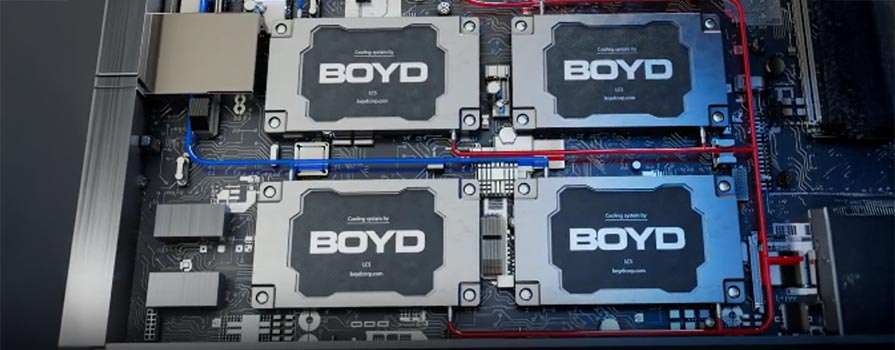Applying Thermoelectric Devices in New Ways
TEGway ThermoReal is a thermoelectric device embedded controller. TEGway has developed a way to generate a flexible array of miniature thermoelectric devices (TEDs). This flexible array of TEDs is powered in rows. This allows the array to individually control each row as hot, cold, or anywhere in between the 4° to 40°C range it’s capable of. An interesting aspect is when you alternate these hot and cold rows. By doing so, the TED array can also simulate “pain,” or that burning sensation you get when you’ve been out in the cold and put your hands right up to the fire.


As most thermoelectric devices are made of ceramic and metals, they’re typically larger and rigid. This can be a huge limitation for finding new applications for Peltier devices. By creating this array of smaller devices, thermoelectrics can find their way into tighter and more interesting places.
Making Virtual and Augmented Reality More Tangible
Sounds neat, but what’s so interesting about a thermoelectric device embedded controller? As our media consumption becomes more immersive, the entertainment industry will seek new technologies like this to further simulate reality. The latest TV screens, movie screens, and virtual reality head sets envelop our sense of sight, surround sound or great headphones have our sense of sound covered, but what about touch? TEGway saw this potential of immersing a whole new sense with our digital experience. That’s why you see them applying this technology to video games since there is a large potential to add another level of feedback to consumers.

Imagine exploring an arctic region in a video game or movie where you imagine it would be extremely cold. Currently, that’s all we can do: imagine the cold. But with a thermoelectric device embedded controller, you can actually feel it. It would be the same scenario if our media brought us to a desert or stood us up on a volcano. Our controller would heat up to simulate the heat that we would expect to experience. With the capability of alternating hot and cold in a small space on a controller, media consumers could even feel the pain of the protagonist of the story they’re immersed in.
Thermals That Accompany a Thermoelectric Device Embedded Controller
Let’s take a look at the thermal situation that a thermoelectric device embedded controller has. In most thermal management applications, we see the need of maintaining a specific temperature differential for thermoelectric coolers. This is a unique application in which that temperature differential is dynamic and can vary widely across the TED array.
The Thermoelectric Device Embedded Controller Itself
The back side of each of these devices should probably be kept at a consistent temperature, so that the voltage for each temperature output is predictable. This could either be done by using a heat spreader, like a copper spreader. The thermoelectric devices should also be insulated from the interior of the controller, in case there is on-board electronics that may suffer reliability issues if exposed to temperature fluctuations induced by these devices.
Controller Power Supply
Secondary to the TEDs themselves is the power source for these devices. Thermoelectric devices are inefficient, so a lot of energy needs to go into making a small temperature differential. Multiply this inefficiency across the whole array and these thermoelectric device embedded controllers become huge power hogs. It will either need a large power supply or a hefty battery, both of which may need their own thermal solution to keep them safe and reliable.
Pushing the Boundaries of Immersive Gameplay
Despite the challenges that come with controllers that can output a thermal experience, it’s exciting to see the gaming industry pushing existing technologies into new applications. We’re certainly looking forward to seeing the first commercially available thermoelectric device embedded controller.






